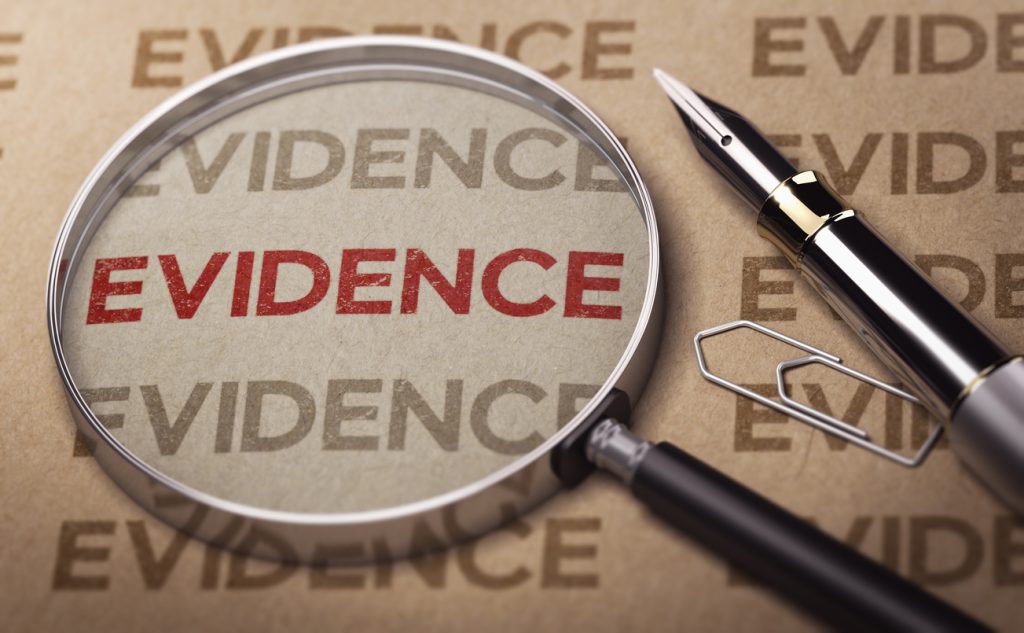The significance of evidence in a criminal trial cannot be understated. It is often the bedrock on which a case stands or falls and is vital for ensuring justice is served. Without evidence, the innocence of an individual cannot be upheld nor guilt rightfully assigned to another. Both the prosecution and defence must gather enough evidence to support their arguments and counter those of the opposition.
In order to serve the cause of justice, the evidence presented in a criminal trial must be considered admissible in court and compelling enough to find a defendant guilty beyond a reasonable doubt. In this article, we will review the types of evidence that are admissible and commonly used in criminal cases.
Types of Criminal Evidence
The following types of evidence play a key role in determining the facts in criminal cases, and in helping to establish a defendant’s guilt or innocence:
- Direct evidence: This type of evidence acts as direct proof of a fact without any additional speculation or interpretation required. For example, a video recording capturing the defendant shooting the victim or the defendant’s fingerprints found on the murder weapon. As it directly connects the defendant to the crime, direct evidence can greatly support or undermine the arguments put forward by either party.
- Circumstantial evidence: Unlike direct evidence, circumstantial evidence can be used to draw a reasonable inference about a fact such as the defendant’s involvement in a crime. For example, an eyewitness who reports seeing the defendant flee the crime scene could provide circumstantial evidence of the defendant’s guilt.
- Real evidence: This refers to physical evidence such as DNA, fingerprints, hair strands and other tangible evidence that is found at a crime scene and can help investigators piece together the facts.
- Testimonial evidence: This may include testimony from an eyewitness who allegedly saw the defendant commit the crime. The weight of this evidence will be influenced by the credibility of the witnesses and the impression they give to the jury. It also includes testimonies from expert witnesses such as medical professionals, forensic pathologists and other specialists who have specialized knowledge and expertise that pertains to the facts of the case and can assist the prosecution or defence in their arguments.
The defence will know how to present evidence in a way that favours their client, and which may point to their innocence. Lawyers such as this criminal defense lawyer in San Antonio are experts in building a strong defence and should be the first point of contact when facing criminal charges.
Admissible Evidence
For evidence to serve its intended purpose, it must be admissible in court. When determining admissibility, the courts will take into consideration the following factors:
- Relevance: The evidence must relate to the facts of the case.
- Reliable: It must be credible and trustworthy.
- Exclusion: Evidence must be legally obtained. For example, evidence obtained in violation of the defendant’s constitutional rights may be excluded as evidence.
- Hearsay: Except for certain exceptions, hearsay statements made out-of-court are not admissible as evidence as their accuracy or credibility cannot be verified.
The right evidence can help the prosecution or defence build a compelling case, persuading a jury to decide in favour of their case.






















